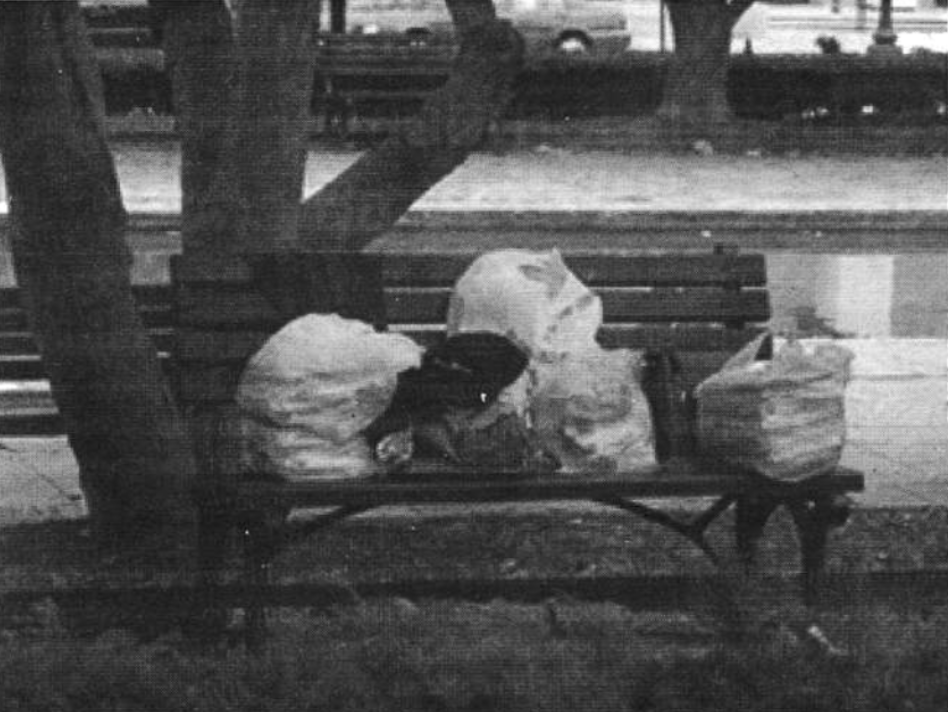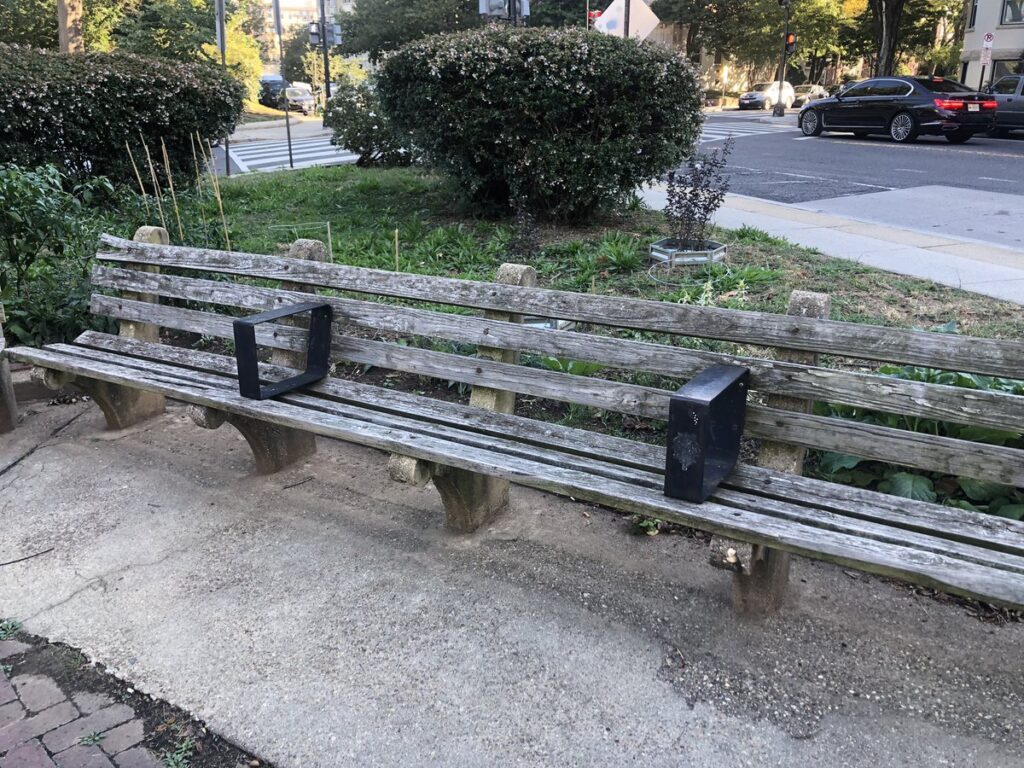The District recently took a major step towards normalizing the way it handles the possessions of homeless people who are living on the street. Responding to longstanding concerns, several agencies signed on to a memorandum of understanding that lays out guidelines for identifying, collecting, moving, and disposing of property that appears to have been abandoned in public space.
This move comes after years of area homeless people and their legal advocates complaining about the impact of “clean-ups” or “sweeps,” in which the city collects and discards personal property left unattended in public places.
“The city was taking what was someone’s personal belongings and destroying them … when they were pretty clearly the belongings of a homeless individual,” said Ann Marie Staudenmaier, a staff attorney at the Washington Legal Clinic for the Homeless.
At the same time, homeless encampments have regularly attracted complaints from nearby residents and businesses. Encampments can present a safety hazard to passing traffic and the homeless people themselves. And long-term encampments can accumulate significant amounts of personal effects. And the unpredictable nature of these actions, and uncertainty of how to reclaim property before it was permanently discarded, has added confusion to the inconvenience.
The new guidelines direct District agencies to post warnings of planned cleanups for 14 days before any action is taken, sort “abandoned” property according to written guidelines aimed at saving items of value and use to an owner, and store items for at least 45 days.
In cases where the city identifies a safety hazard, such as an encampment near a public roadway, a cleanup may be performed without prior notice. And certain items, such as towels, pillows, and sleeping mats, will not be stored, but most bedding, such as sleeping bags and blankets, will be kept in case the owner claims it.
“Cleanups” have been a contentious issue in cities nationwide, highlighting disagreements about the best way to handle homeless encampments. San Francisco went through a bitter dispute about encampments in public space, and Pittsburgh recently responded to a class action lawsuit by adopting guidelines providing for prior notice of planned clean-ups, and the temporary storage of seized items.
In Washington, encampments have been less common than in some other cities but have nonetheless been a matter of concern.
In 2003, the District suspended “cleanups” while it entered discussions with legal advocates for the homeless people. The result is the memorandum now in effect, according to Staudenmaier.
Agencies signing on to the new abandoned property memorandum include Human Services, the Emergency Management Agency, transportation, Public Works, and others. The memorandum calls for communication between these and other agencies as cleanup proceeds.
Possible follow-up actions include securing an area against future encampments and monitoring it so that homeless people can be offered support services by city agencies.
Lynn French, a senior policy advisor on homelessness to Mayor Williams, said that she expects to see the new procedures used successfully when the need arises.
“The point of it is to ensure that people are really giving people notice,” she said.








